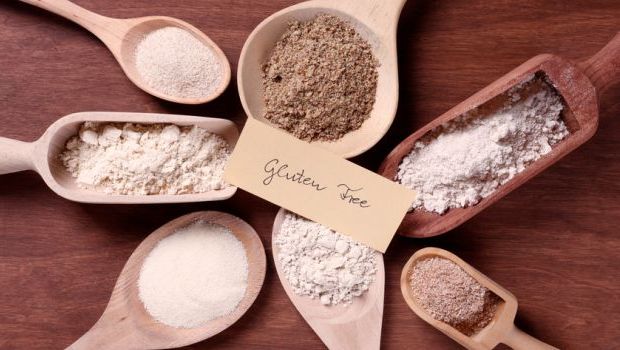Digestion is one of the most important functions of our body. A happy and healthy tummy goes a long way in keeping us happy and productive. During monsoons, we normally have a slightly sluggish digestion, so eating is a task, and we must eat as we need to keep up our energy. These days, a lot of my patients are reporting gas, bloating, constipation and other such issues. I owe this to the seasonal effect. Some simple steps can go a long way in supporting the digestion like taking spice infused waters, saunf after meals, light meals, eating in the 7am-7pm window etc.
One thing that always works is giving the system a rest from the usual daily food ingredients aka gluten. Our diets are very heavy on gluten, a protein found in wheat and its products like malt and grains such as Rye and Barley. The problem is not the gluten but the overload by way of our food. Today most of what we eat is gluten based. Traditionally we changed our grains as per seasons, and using the same principle, I have found good results in alleviation of gastric symptoms.
I do not advise a complete cut out but just changing one meal and choice of snack works well.
window._rrCode = window._rrCode || [];_rrCode.push(function(){ (function(v,d,o,ai){ai=d.createElement(“script”);ai.defer=true;ai.async=true;ai.src=v.location.protocol+o;d.head.appendChild(ai);})(window, document, “//a.vdo.ai/core/v-ndtv/vdo.ai.js”); });
Also Read: 7 Gluten-Free Snacks To Pair With Your Evening Tea

Why Gluten Grains:
1. Gluten free grains consumption is associated with improvement in gastric symptoms. while it has a more significant effect on people with celiac and non-celiac gluten sensitivity, including gluten-free grains in any one major meal and a snack also helps. Ideally breakfast or dinner should be the choice.
2. All gluten free grains are very high on nutrition. Grains are not usually eaten for their protein content as they are deficit in essential amino acids , but gluten free grains like amaranth and quinoa contain all 9 essential AA, making them a source of complete proteins. While avoiding whole wheat , there is a chance that the fiber intake may be reduced, however on an average, most gluten-free grains contain more fibre as compared to wheat. In addition, they are good sources of minerals like iron and calcium and vitamins.
3. Hunger is better controlled as these whole grains take time to digest. At the same time, their breakdown is gradual so there is a sustained energy release and no need to grab food in between meals. This way, they are like whole wheat minus the gluten.
4. Gluten-free grains are treasure trove of antioxidants. Their polyphenol content and diversity work wonder for reducing stress induced oxidative stress . Oxidative stress leads to inflammation and continuous high stress are one of the leading causes for heart diseases, early onset of prediabetes and diabetes.
5. Gluten-free grains have a positive effect on heart health because they help lower LDL (bad cholesterol) and total cholesterol. They also have shown a positive effect in controlling blood sugar levels.
Common Indian Grains:
Here is a list of some common Indian gluten-free grains and how they can be included in the meals:
1. Amaranth: Usually made like daliya, amaranth atta can be used for chapattis or cheela.
2. Buckwheat or Kuttu: Very versatile, it makes a good chapati, home-made pizza base, cheela/dosa. Buckwheat noodles are also available.
3. Sorghum: can be used as a flour, It also bakes well.
4. Corn: Steam it, make chapati with it, use it as a soup or snack, this is one gluten free grain that we all are familiar with.
5. Ragi: makes a great drink and can be used for making idly/ dosa/dhokla.
6. Sama ke chawal: can be used as rice and also for a dosa or idly batter
7. Bajra: very common in Maharashtra, is a versatile grain that can be used as a flour or as daliya.
This is not an exhaustive list but it gives you an idea of what to use. I have found my patients responding positively to this change, in fact even if they use these grains 3-4 times a week, they do see some improvements.
Disclaimer: The opinions expressed within this article are the personal opinions of the author. NDTV is not responsible for the accuracy, completeness, suitability, or validity of any information on this article. All information is provided on an as-is basis. The information, facts or opinions appearing in the article do not reflect the views of NDTV and NDTV does not assume any responsibility or liability for the same.
About Rupali DattaRupali Datta is a Clinical Nutritionist and has worked in leading corporate hospitals. She has created and lead teams of professionals to deliver clinical solutions for patients across all medical specialties including critical care. She is a member of the Indian Dietetic Association and Indian Association of Parenteral and Enteral Nutrition.